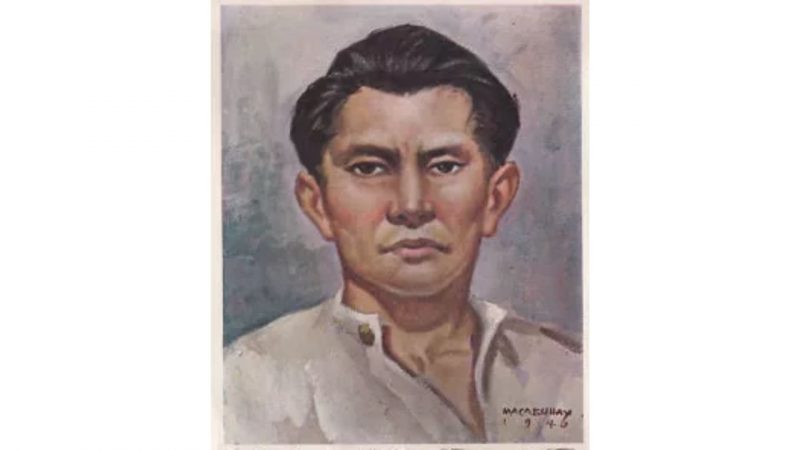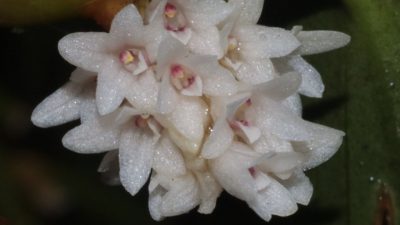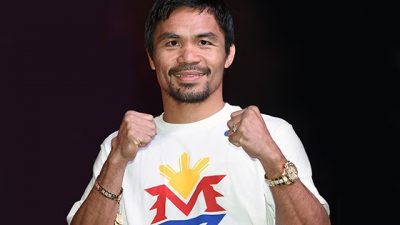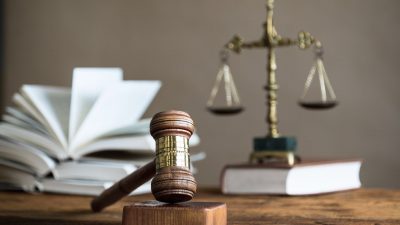MANILA — On this day in Filipino history, December 16, 1730, the revolutionary leader Diego Silang was born in Pangasinan province, marking the beginning of a life that would be intertwined with the struggle against Spanish rule.
Diego Silang, born to Miguel Silang and Nicolasa de los Santos, both belonging to the principalia class, came into the world with the name Diego Baltazar. His godfather was a principal named Tomas de Endaya, and he was baptized in the town of Vigan on January 7, 1731.
Diego’s early life was marked by adversity. As a boy, he served the cura of Vigan and was sent to Manila on a Chinese champan.
However, the shipwrecked off the coast of Bolinao, where he was the only survivor spared by the barbarous inhabitants, who enslaved him. Thanks to the efforts of an Augustinian Recollect in Bolinao, Diego Silang was eventually freed and returned to Pangasinan. He later moved to Vigan, where he learned to read and write, continuing his service to the priest by carrying letters to and from Manila.
In time, Diego Silang married Maria Josefa Gabriela, a widow, and supported his family by carrying letters and messages for various individuals. His extensive network of acquaintances would play a crucial role in his later efforts to mobilize the natives against Spanish oppression.
Diego Silang’s rebellion was fueled by grievances, primarily related to Spanish taxation and abuses. Among his demands were the deposition of the alcalde-mayor, Antonio Zabala, the election of a local chief as justice, the expulsion of Spaniards and mestizos from the province, and his appointment to lead against the English.
However, these demands were rejected, leading Silang’s group to attack the city and imprison its priests. Subsequently, Diego Silang allied with the British, who appointed him governor of Ilocos and pledged military reinforcement.
The climax of Silang’s struggle came on May 28, 1763, when he was shot in the back by Miguel Vicos and Pedro Becbec, hired by the priests to assassinate him. Despite his tragic end, Diego Silang’s legacy lives on as a prominent figure in the fight against Spanish colonial oppression in the Philippines.
References: The Philippine Islands, 1493-1898, Volume 49, Number 1, Page 160-161, Emma H. Blair and James A. Robertson.
(JR AMIGO/ai/mnm)







